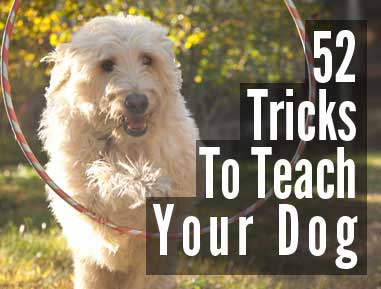
A small and very swift breed of greyhound called the whippet has been developed in England, and whippet racing is an old and favorite sport among English workingmen, particularly in the northern and northwestern countries. The dogs are raced over a 200-yard straight away course, and are usually handicapped according to weight and previous performance.
There are two men to each dog – the handler, who holds the animal's fore paws on the mark, and the "runner-up," usually the owner or some other person of whom the dog is fond and toward whom he runs. The starter, pistol in hand, stands behind the "scratch."
The owners now run away from the dogs, each waving a rag and shouting, "Hi Hi!" to attract his favorite's attention, and, still urging the dogs, take their position behind the "overmark," which is 10 yards beyond the winning post. Each handler holds his dog's neck with the left hand, and with the right grasps the root of the tail. At a word from the starter, the handler gets ready by lifting his whippet's hind feet well off the ground, while its fore feet remain on the mark.
At the crack of the pistol the dog is literally thrown into its stride, and with the other competitors flashes down the track, crosses the winning mark at top speed, slowing up only as it approaches its owner, who is still frantically calling and waving the rag.
Each dog wears a colored ribbon about his neck – red, white, blue, yellow, green, or black – and at the finish of each heat a flag the color of the winner's ribbon is hoisted by the judges to announce the result. The distance has been covered in 11 1/2 seconds, or and average of 52 feet 2 inches per second for the 200 yards.
Color is not a point in whippets, their sole purpose being to go as fast as possible. They come in all colors, like greyhounds; indeed, they are judged along exactly parallel lines. If anything, they are even more extreme in their peculiarities of form, being very roached up in the back and clear of limb. The ideal weight is about 15 pounds for males and 13 for females. The head shows usually some Manchester terrier tendencies, and the tail has generally longer hair along its underside than covers the rest of the dog.In spite of the fact that these slight little dogs are rather delicate and trembly, they are staunchly declared by those who own them to be very bright, affectionate, and loyal.
As is generally the case, when "the fancy" takes hold of a utility breed an artificial standard, based almost entirely on looks, supersedes the more erratic standard, based upon performance. The English foundry-man would pay more for a snippy, knobly little dog that could run like a scared spirit than for the most graceful and cleanly silhouetted beauty at the bench show, should it lack in speed and racing courage.




